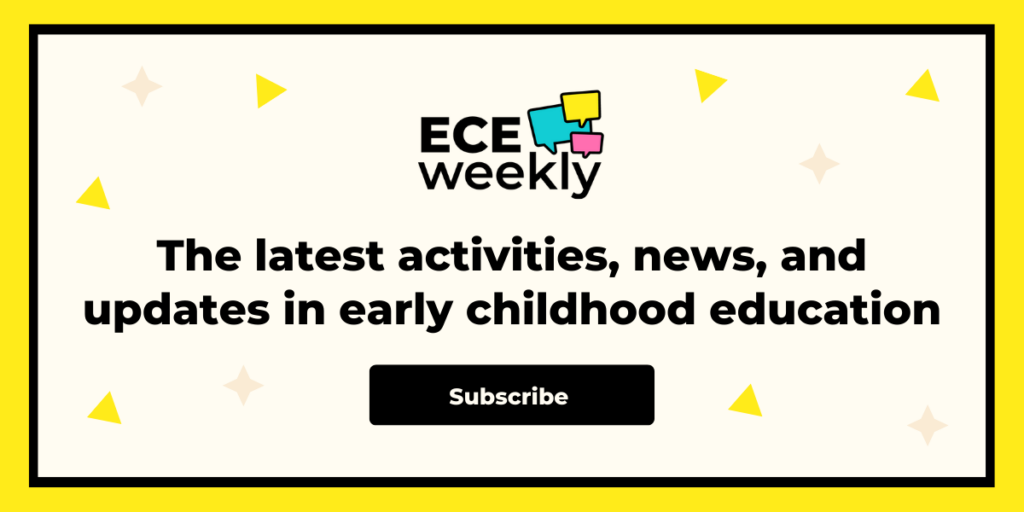As an early childhood educator, transition time can be one of the most challenging parts of the day. It’s the time when you have to move your students from one activity to the next, and it can be easy for things to get chaotic if you’re not prepared. In this blog post, we’re going to look at some effective ways to manage transition time in your early childhood education setting.
Why transitions are difficult for young children
First, it’s important to understand why transition time can be so difficult for young children. For one thing, young children have limited attention spans, so it can be hard for them to move from one activity to the next without becoming distracted or losing focus. Additionally, young children are still learning how to regulate their emotions and manage their impulses, so they may struggle with the sudden change in routine or the need to stop what they’re doing and move on to something else.
Strategies for managing transitions in childcare
One of the key ways to manage transition time effectively is to plan ahead. This means thinking about your daily schedule and identifying the times when you will need to transition your students from one activity to the next. It’s a good idea to make a visual schedule that you can display for your students, so they know what to expect and can prepare for the transitions. This can help to reduce anxiety and prevent behavior problems during transition time.
Another important tip for managing transition time is to give your students clear and consistent instructions. This means letting them know what they need to do and how they need to do it. For example, you might say, “It’s time to clean up the blocks and get ready for circle time. Please put all the blocks away and line up at the door.” Giving clear and consistent instructions can help to reduce confusion and ensure that your students are able to move smoothly from one activity to the next.

In addition to giving clear instructions, it’s also important to provide a structure and routine for transition time. This means having a set of steps that your students can follow each time they need to transition. For example, you might have a step-by-step routine that includes cleaning up the current activity, lining up at the door, and walking to the next activity. Having a structured routine can help to reduce confusion and make transition time more efficient and effective.
Another effective way to manage transition time is to use visual cues and signals. This can be especially helpful for students who have difficulty following verbal instructions. For example, you might use a visual timer to let students know how much time they have left to finish an activity, or use a visual signal like a clap or a bell to signal the start and end of each activity. Using visual cues and signals can help to keep your students on track and make transition time more predictable and manageable.
One of the most important things to remember when managing transition time is to be patient and flexible. This can be a challenging time for young children, and they may need extra support and guidance to make the transition smoothly. It’s important to be patient and allow extra time for your students to complete their tasks, and to be flexible and adapt your routine if needed. For example, if your students are having trouble cleaning up the blocks, you might need to break the task down into smaller steps or provide extra help and support.
Transitions in early childhood education
In conclusion, managing transition time can be challenging for early childhood educators, but there are several effective strategies that you can use to make it more manageable. By planning ahead, giving clear and consistent instructions, providing a structure and routine, using visual cues and signals, and being patient and flexible, you can help your students transition smoothly from one activity to the next. By using these strategies, you can make transition time an efficient and positive experience for both you and your students.


